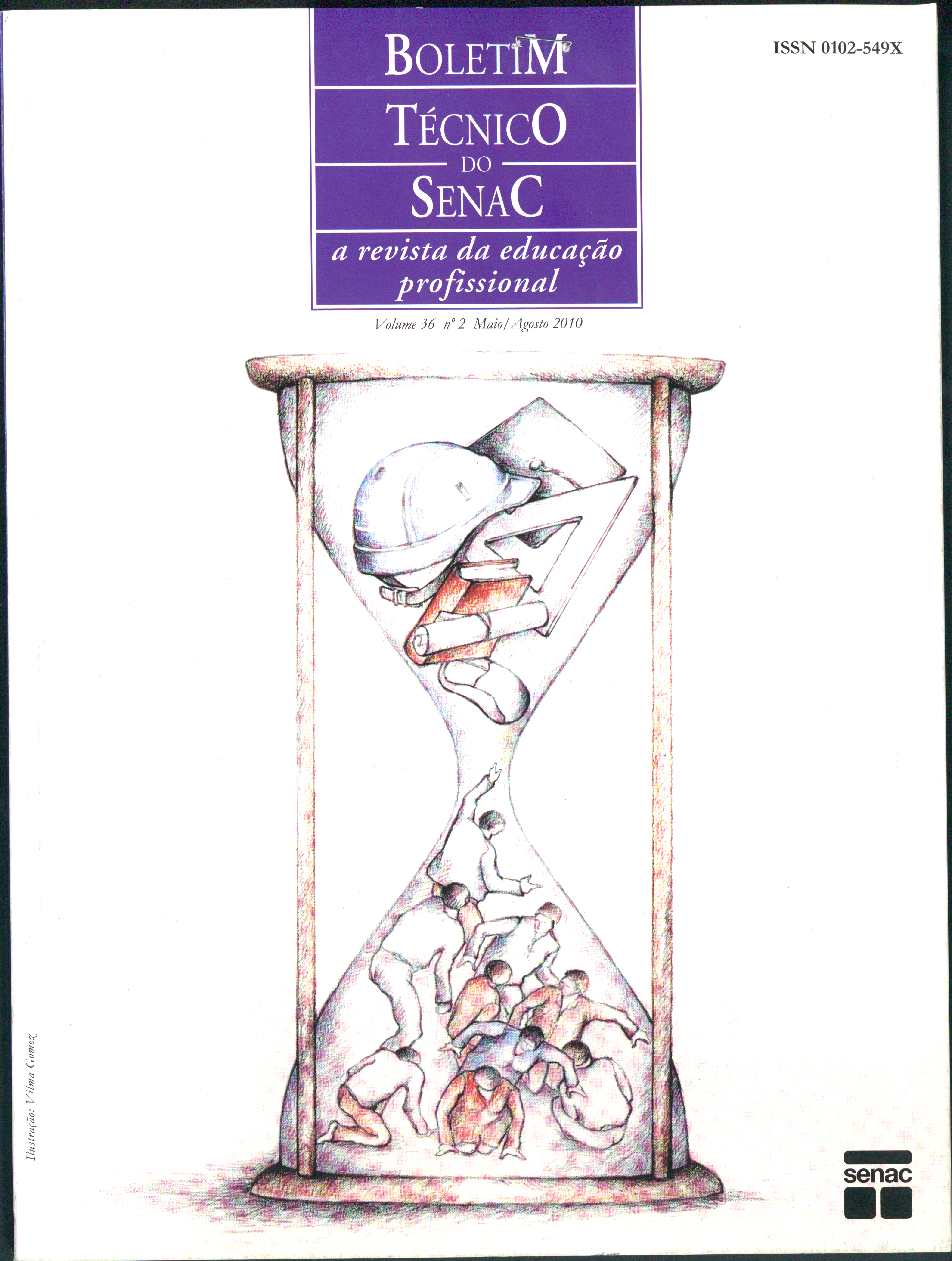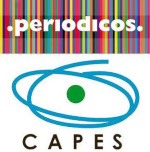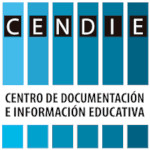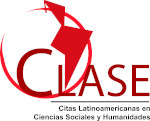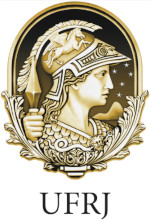Projovem trabalhador: avanço ou continuidade nas políticas de qualificação profissional?
Keywords:
Educação profissional, Políticas Públicas, Projovem Trabalhador, Organizações não governamentais, JuventudeAbstract
Este artigo analisa a implementação do Projovem Trabalhador no Rio de Janeiro e verifica seus avanços e suas continuidades, tendo como contexto as diretrizes do Banco Mundial para as políticas de juventude. Resultados de pesquisa qualitativa indicaram que as ações educativas implementadas no Projovem Trabalhador guardam continuidade com as dos programas de qualificação profissional anteriores, mas há avanços no que diz respeito à integração das políticas direcionadas aos jovens e ao controle sobre a verba pública. Diante das recomendações dos organismos internacionais, torna-se imprescindível enfrentar o desafio de propor alternativas às políticas de qualificação profissional que levem em consideração as exigências da produção contemporânea e os interesses dos protagonistas principais: os jovens trabalhadores.Downloads
Downloads
Published
How to Cite
Issue
Section
License
Commitment to the Provision of Creative Commons Licensing
The Senac Journal of Education and Work is per the BY NC license, free of charge and with no commercial purpose.
In submitting their work for evaluation, the authors undertake to make their work available through the Creative Commons-BY NC license at the website <https://br.creativecommons.org>, thus dispensing with the need for signing any other document or contract with Senac to regulate the availability of their works in the Senac Journal of Education and Work.
The author (s) further declare that they recognize the Senac Journal of Education and Work as an open access journal, whose Policies and Authors Guidelines are available to know on its official website, namely - www.bts .senac.br - and that they can be modified at any time, and immediately any new condition published online.
The names and addresses informed in this journal will be used exclusively for the services provided by this publication and are not available for other purposes or to third parties.

